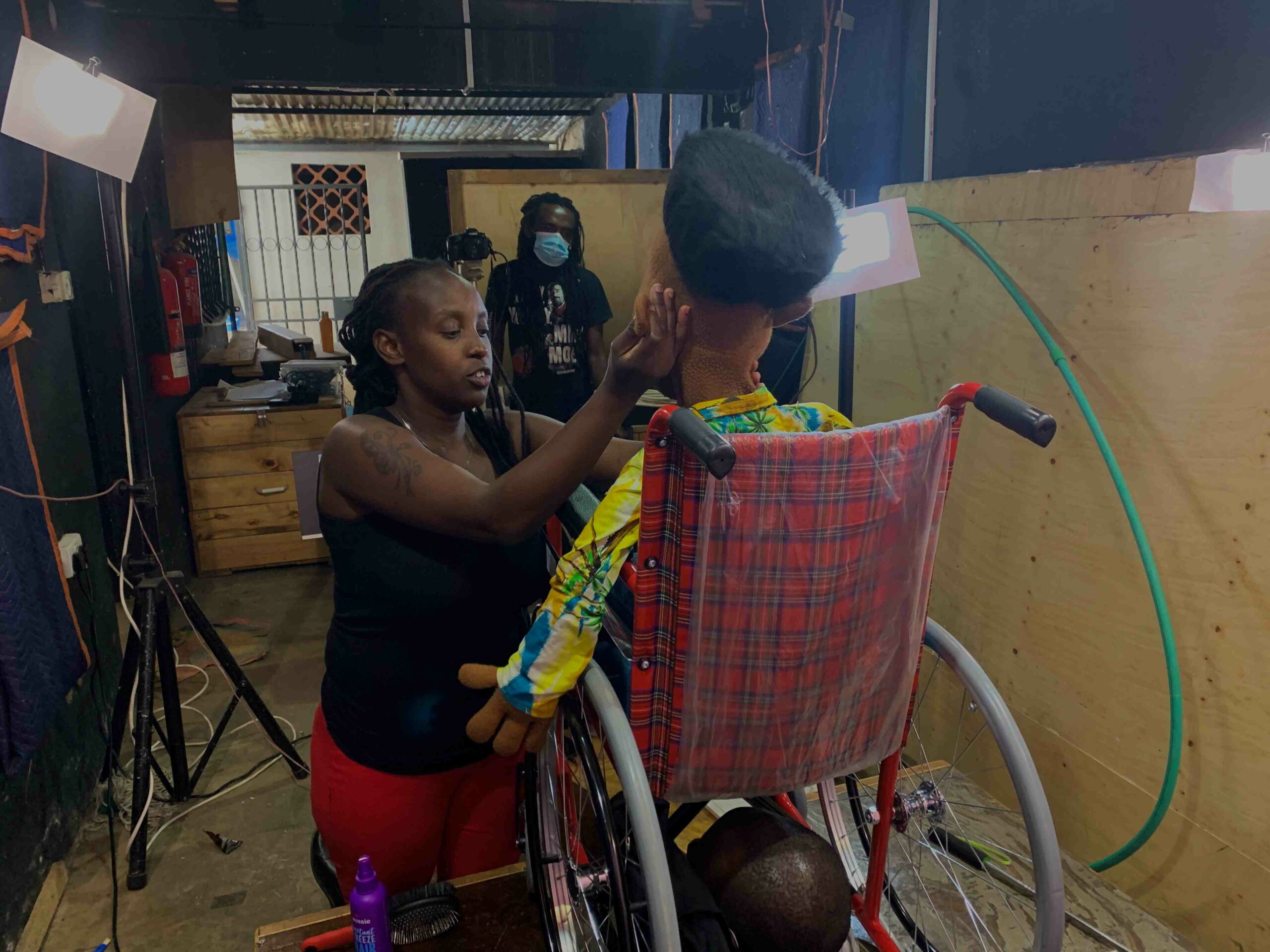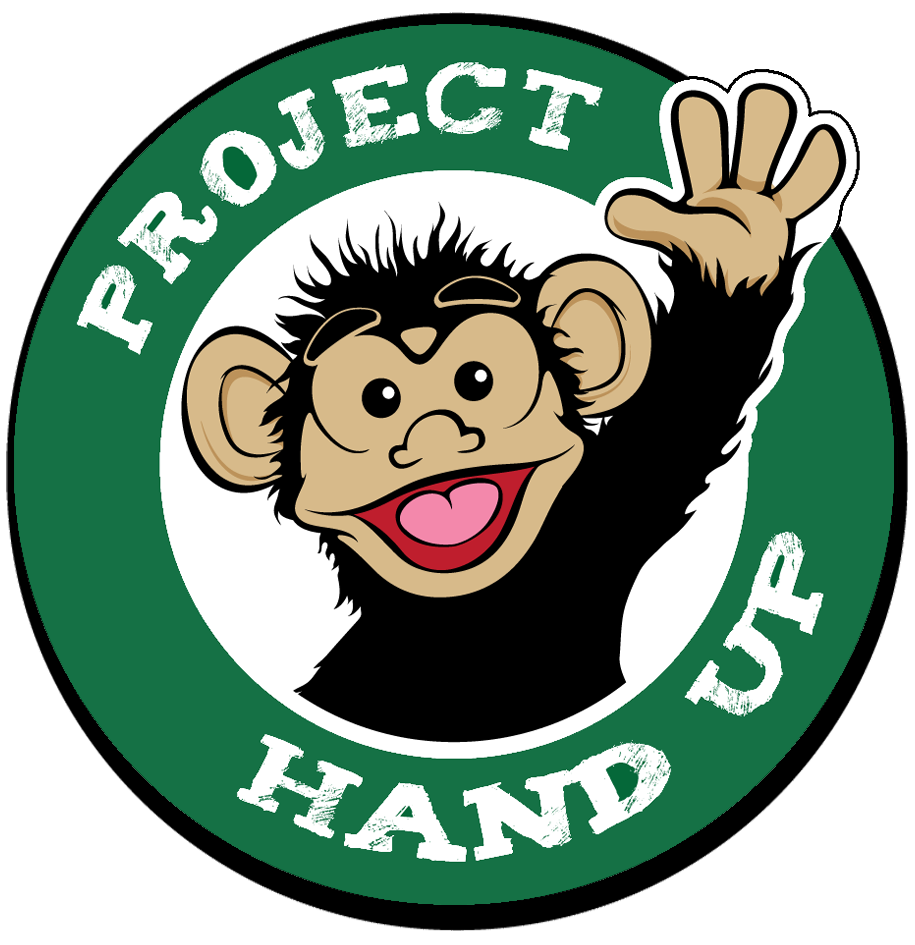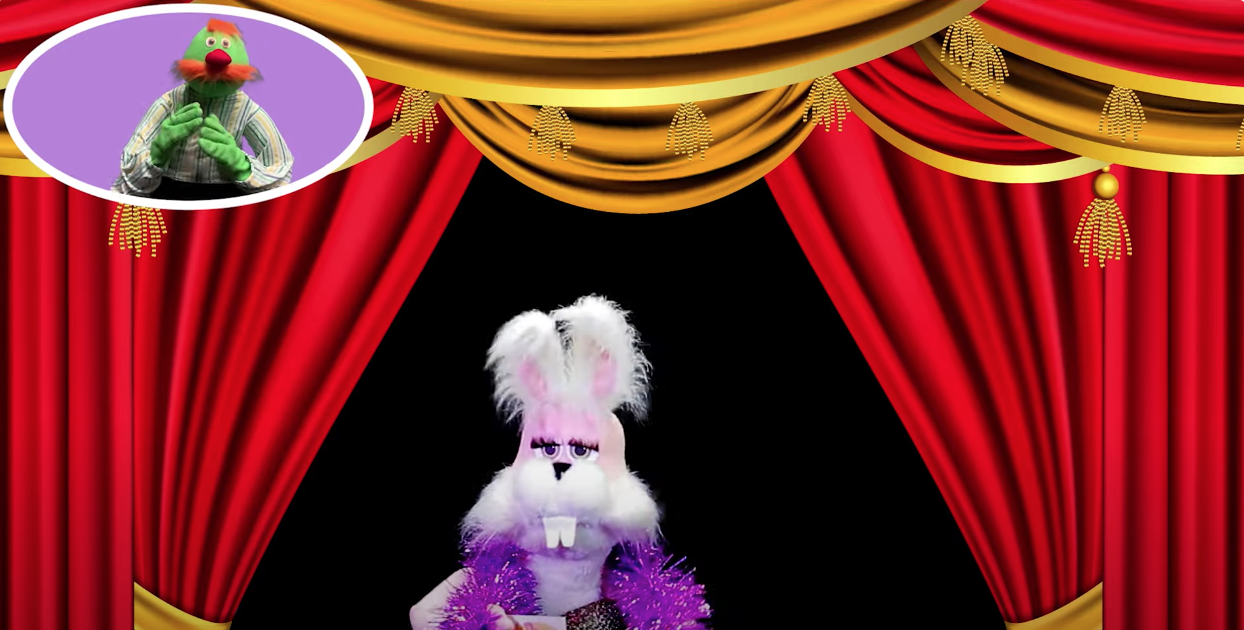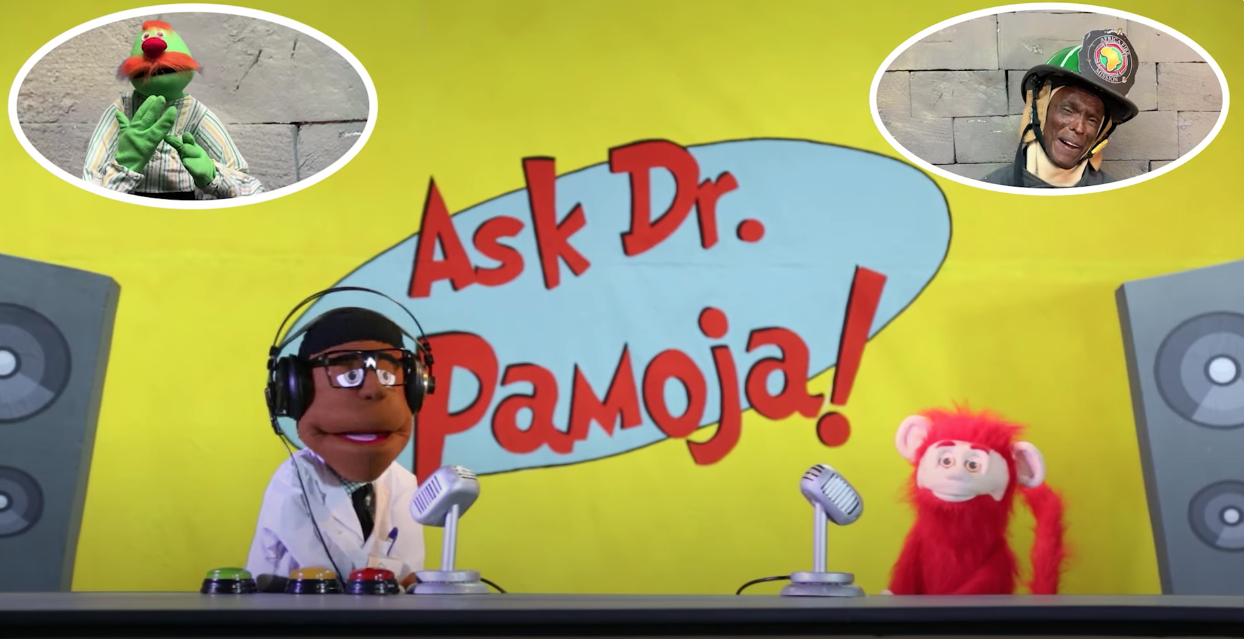
Peter Ojiambo Foundation
Disabilities & COVID-19
During the pandemic, people with disabilities faced unique challenges while navigating the “new rules”. For instance, people who are visually impaired appreciate cooperation of the greater community to help maintain proper physical distance. Meanwhile, they may not appreciate being given the arm or elbow of someone who has used their elbow to cough or sneeze into. Someone who uses a wheelchair may not want anyone (with good intentions) touching their chair without sanitizing first.
Recognizing these issues, the Peter Ojiambo Foundation brought Project HAND UP into their multimedia campaign to create 4 videos to address this issue for a family audience. These videos were designed to play daily for children and caregivers on the Akili Kids! network for their 13 million person audience on free-to-air television in Kenya. Additionally, they would circulate on WhatsApp and be distributed widely to social media platforms through various project partners within the National Business Compact on Coronavirus.
Objective:
-
Sensitize children and families about the challenges that people with disabilities may face during the pandemic.
-
Frame messages around people with disabilities telling their own stories; being the ones to teach about the issues; and feature PWDs as the ones doing the helping – (not necessarily requiring help.)
-
Encode subtitles and feature sign language into the campaign
What We Delivered:
-
A music video featuring puppet characters with disabilities explaining how they want to be treated, and singing a catchy song that applies to people who are able-bodied and people with disabilities alike.
-
A music video by The Legend Amos, a famous singer/songwriter well known in Kenya, who sings with numerous puppets about being a good friend to everyone during the pandemic.
-
A mini TV show called “Ask. Dr Pamoja” where puppet hosts interview a very successful (real) person with a disability (who is also the tallest man in Kenya.)
-
A mini TV show called “Ask Dr. Pamoja” where the puppet hosts interview a firefighter who has a disability.
Insights:
-
While writing and developing these scripts Project HANDUP was invited, on many occasions, to sit in with members of several organizations that represent people with disabilities. One of the key takeaways was the importance of never making content about PWDs. Instead, the content should be PWDs telling their own stories from their perspectives. “By us, not about us.”
-
This opened up the script-writing process and allowed us to view the project quite differently. The PWDs were never framed as victims and were often framed as heroes, helpers, and authorities. In the music video, it is the child in a wheelchair that is in a unique position to help another child who dropped a toy out the window.
-
Creating content with a sign-language puppet was extremely challenging. Teaching a professional sign language interpreter to work with a puppet was time-consuming. One take away is that having a small image of a sign-language character is sort of doing “lip service” to the hearing impaired community. The character should really be given a much larger portion of the screen.
-
The videos gained some amount of popularity on Akili Kids! network and ended up playing throughout the week on the network long beyond the original media buy. In fact many of the PWD videos continue to run well over a year later.






